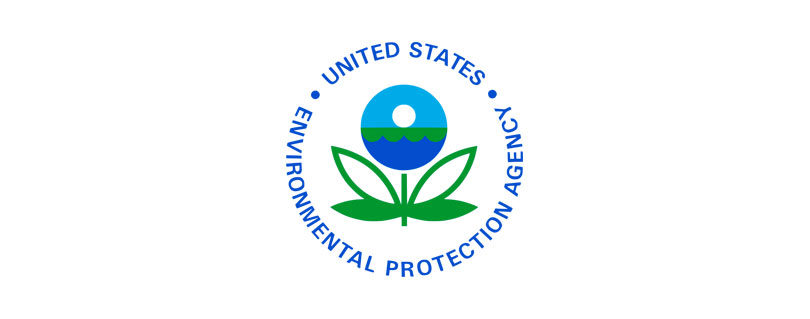EPA Settlement with Salem, Mass. Facility Achieves Better Protection from Risk of Chemical Accident
Publilshed by the U.S. Environmental Protection Agency (EPA)
BOSTON – The U.S. Environmental Protection Agency (EPA) has reached a settlement with Excelitas Technologies Corp. of Salem, Mass., resolving an allegation the company violated the chemical accident prevention requirements of the federal Clean Air Act. A chemical accident at this facility could impact nearby densely populated communities, including areas with disproportionate environmental burdens.
“Today’s action underscores the importance of the safe management of chemicals, and when a company like Excelitas does not comply with its safety obligations, it threatens the safety of our communities,” said EPA New England Regional Administrator David W. Cash. “EPA’s work is designed to protect all communities from chemical releases, and we have a special responsibility to reduce the burden of environmental pollution and risks of chemical accidents to the workers and residents of communities that have shouldered a greater share of these impacts.”
The company has agreed to pay a civil penalty of $46,968 and has taken steps to improve safety at the facility. These steps are intended to prevent accidental releases of hazardous chemicals and to help keep facility workers and the community safer if accidental releases do occur. Excelitas designs and manufactures electro-optical components, high-energy switches, time frequency switches, high voltage conversion systems, and X-ray sources for a variety of industries.
The Excelitas facility is located in a mixed-use area of downtown Salem in a commercial/industrial building that houses medical offices, a deli, and other businesses. The building is within a third of a mile from downtown Salem attractions, including museums and restaurants. Anhydrous ammonia is one of several extremely hazardous materials the company stores and uses at the facility. Anhydrous ammonia is toxic and can be very dangerous when released into the environment. Additional extremely hazardous substances that the company stores and uses at the Facility include hydrogen gas, hydrofluoric acid, nitric acid, and potassium and copper cyanides.
An EPA inspection revealed that the company had not fully complied with its obligations under the Clean Air Act designed to protect public health, because it did not formally identify hazards which may result from chemical releases using appropriate hazard assessment techniques.
In the Clean Air Act Amendments of 1990, Congress enacted Section 112(r)(1), also known as the General Duty Clause. It applies to any facility where extremely hazardous substances are used or stored. Owners and operators have a general duty and responsibility to prevent and mitigate the consequences of chemical accidents. EPA inspects facilities across New England that are using extremely hazardous substances in their processes to make sure they are complying with requirements to prevent and prepare for accidental releases or spills. The Clean Air Act Amendments of 1990 also require that companies storing certain hazardous substances above threshold amounts comply with Risk Management Plan requirements to prevent accidental spills and releases.
More information on Section 112(r) of the Clean Air Act:
Read the full article at: https://www.epa.gov/newsreleases/epa-settlement-salem-mass-facility-achieves-better-protection-risk-chemical-accident


